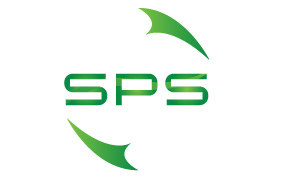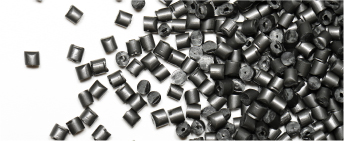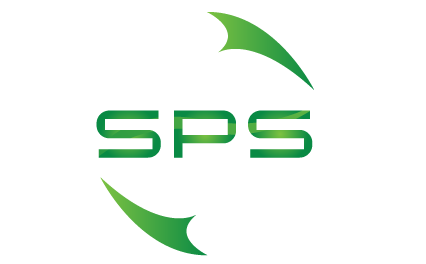Select Language

Product Lifecycle
Over the last few decades, societies across the globe have undergone shifts in thinking from creating plans for environmental protection towards a way to sustain our resources on earth instead.
This new sustainability approach focuses on the entire life cycle of said product, such as plastics and polymers, through engineering design and manufacturing, to the servicing and disposal of manufactured products. With a larger focus on the procurement of recyclable polymer waste, we can ensure that we minimize the need to use up limited resources on earth by protecting what we’ve already once acquired and used for a product. This sustainability approach is effective and results driven. Other broader theories and plans for reducing the environmental impact on our earth tend to be unclear, and not as easily measured as the ability to take what’s old and used, to compound and extrude the quality from the waste, and put back into the manufacturing process.
A product has a life cycle that begins at its inception point in the design and development phase. In order to take this idea or design any further, the appropriate resources must be acquired in order to develop the product in the manufacturing phase. Once manufactured and developed, it hopefully is used by consumers and put back into a method in which it is easily separated from other common waste and recyclable by manufacturers.
During this production process alone, may create waste by incorrectly manufactured products, as well as errors in the engineering’s original plans. As we know, not everything goes according to plan all times.
Create illustration with the following:
BOL (Beginning of Life) – Including the design of the polymers core properties, development of initial lab scale
MOL (Middle of Life) – This includes the distribution (logistics), the use and support (repair and maintenance). A product in its lifecycle will pass from a company’s hands to the service suppliers, retailers, in order to reach the consumers hand. At this point, important matters such as how the products are used can be valuable data to be fed back to the BOL which can improve its design and development.
EOL (End of Life) – This is where the products are retired and come to an end as far as consumers use goes. Hopefully the product can be recollected into the company’s hands in several ways. The is the reverse logistics, in which the items are remanufactured and reused, or otherwise disposed of entirely if not usable.
This new sustainability approach focuses on the entire life cycle of said product, such as plastics and polymers, through engineering design and manufacturing, to the servicing and disposal of manufactured products. With a larger focus on the procurement of recyclable polymer waste, we can ensure that we minimize the need to use up limited resources on earth by protecting what we’ve already once acquired and used for a product. This sustainability approach is effective and results driven. Other broader theories and plans for reducing the environmental impact on our earth tend to be unclear, and not as easily measured as the ability to take what’s old and used, to compound and extrude the quality from the waste, and put back into the manufacturing process.
A product has a life cycle that begins at its inception point in the design and development phase. In order to take this idea or design any further, the appropriate resources must be acquired in order to develop the product in the manufacturing phase. Once manufactured and developed, it hopefully is used by consumers and put back into a method in which it is easily separated from other common waste and recyclable by manufacturers.
During this production process alone, may create waste by incorrectly manufactured products, as well as errors in the engineering’s original plans. As we know, not everything goes according to plan all times.
Create illustration with the following:
BOL (Beginning of Life) – Including the design of the polymers core properties, development of initial lab scale
MOL (Middle of Life) – This includes the distribution (logistics), the use and support (repair and maintenance). A product in its lifecycle will pass from a company’s hands to the service suppliers, retailers, in order to reach the consumers hand. At this point, important matters such as how the products are used can be valuable data to be fed back to the BOL which can improve its design and development.
EOL (End of Life) – This is where the products are retired and come to an end as far as consumers use goes. Hopefully the product can be recollected into the company’s hands in several ways. The is the reverse logistics, in which the items are remanufactured and reused, or otherwise disposed of entirely if not usable.
Blog >
June 12, 2013
US-based recyclers may gain from China's 'Green Fence'
May 31, 2013
China's 'Green Fence' causes recycler to expand in U.S
May 20, 2013
Which companies moved up in our 2013 recyclers' ranking?
© Copyright 2017 SPS Plastics. All Rights Reserved.
© Copyright 2017 SPS Plastics. All Rights Reserved.











